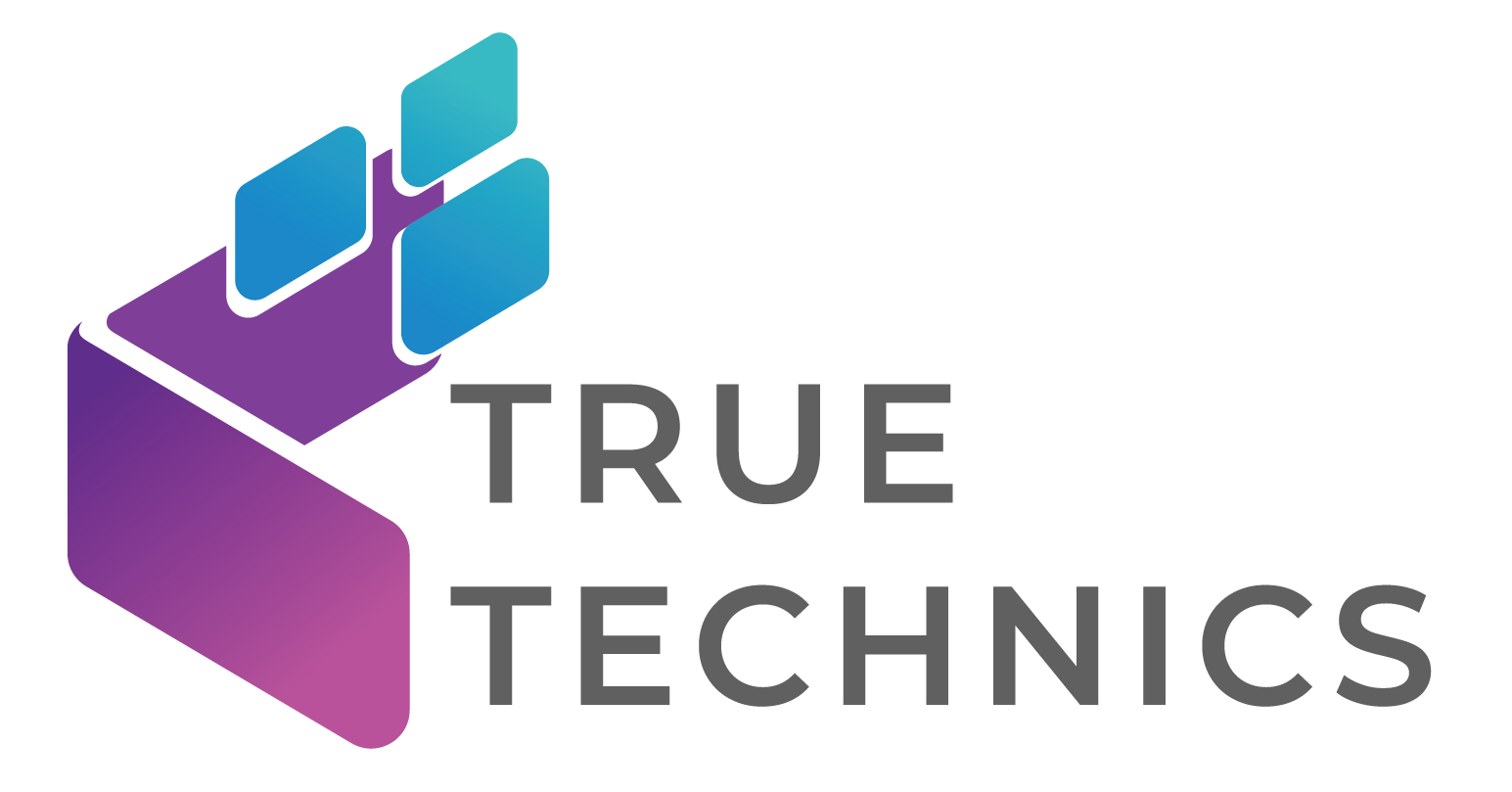In the age of rapid technological advancement, businesses have the opportunity to enhance their communication in ways previously unimaginable. From facilitating better team collaboration to offering superior customer service, modern technology is a game-changer. Prioritizing communication technology is no longer a luxury but a necessity for staying competitive and agile.
ads.xemphimon@gmail.com is an indispensable asset for businesses that want to elevate their email strategies. Below, we explore how various tech tools are shaping the future of business communication.
Embracing Unified Communication Platforms to Streamline Workflow
Unified communication platforms streamline workflows by merging email, instant messaging, voice, and video conferencing into one interface, reducing the time lost switching between tools. This allows teams to collaborate in real-time regardless of location, boosting productivity and efficiency. Features like shared calendars, status updates, and task assignments enhance project management and workflow automation, ensuring projects progress smoothly without unnecessary delays.
These platforms minimize the need for physical meetings, cutting down on travel costs and time while achieving the same outcomes as face-to-face sessions. Centralizing communication data simplifies record-keeping and oversight, giving managers greater visibility into interactions and the ability to identify and address bottlenecks. This approach also ensures compliance with data protection and privacy regulations, something that traditional methods like fax machines struggle to achieve.
Leveraging Cloud Technology for Enhanced Collaboration
Cloud technology has revolutionized business operations by enabling remote access to documents, information, and software. Its shared storage and collaborative editing capabilities, like Google Workspace or Microsoft 365, enable real-time collaboration on documents, spreadsheets, and presentations. This shift from traditional attachment-based processes reduces version control issues and efficiency.
Cloud services offer robust security measures for sensitive information, including encryption, multi-factor authentication, and regular audits. This ensures client trust and compliance with industry standards. Centralized software updates and maintenance management reduces IT department burden and ensures all collaborators use the latest tools. This allows businesses to be more agile and quick to implement new collaborative strategies. Cloud technology has transformed the way businesses operate and collaborate.
Integrating AI Chatbots to Improve Customer Interaction
Artificial intelligence (AI) is revolutionizing customer interactions by implementing chatbots that can respond instantly to customer inquiries, providing 24/7 service. These chatbots can be programmed with extensive knowledge bases, delivering accurate information with consistency that human agents may struggle to match. They can also be integrated with systems like CRM and sales platforms to provide personalized responses based on customer history and preferences.
AI chatbots can also proactively engage customers based on browsing patterns and past interactions, leading to increased sales and improved customer satisfaction. AI integration does not eliminate the human touch. The technology can intelligently hand off more nuanced conversations to human agents, fostering efficient and compassionate customer service.
Mobilizing Workforce with Smart Devices and Apps

Smart devices and apps have revolutionized work by allowing employees to work from anywhere, with specialized business applications that streamline tasks and provide instant access to resources. Mobile CRM apps provide sales personnel with client information and tools, while in-field service workers benefit from accurate task recording and remote expert support. These apps also promote sustainability by minimizing paper use.
Mobile devices also enhance communication through instant messaging and video calls, enabling quick decision-making and problem-solving. Mobility offers a richer work-life balance and increased job satisfaction. Maintaining security is a challenge. Businesses must enforce robust security policies and employee training to protect sensitive data on mobile devices. Secure VPN connections, encrypted communication, and regular security updates are essential for fostering a secure mobile workforce.
Harnessing Big Data and Analytics for Clearer Communication Insights
Big data and analytics have revolutionized business communication by providing insights into customer behavior and needs. By analyzing vast amounts of data, companies can identify patterns and trends, enabling them to tailor communication strategies to customer preferences. This results in more effective marketing campaigns and customer engagement practices. Analytics also help monitor internal communication, identifying bottlenecks and inefficiencies, and ensuring alignment of teams.
Customer feedback, through surveys, social media, and direct commentary, can be analyzed for sentiment and content, leading to improved loyalty and satisfaction ratings. Big data plays a crucial role in both analysis and prediction, enabling businesses to anticipate and prepare their communication strategies, ensuring relevance and a competitive edge.
Overall, advanced technologies like unified communications, cloud-based collaboration tools, AI chatbots, mobile solutions, and big data analytics are revolutionizing business interactions, enhancing efficiency, and customer service, and providing valuable insights. These innovations drive businesses towards a future where communication is swift, coordinated, and responsive to audience needs.


